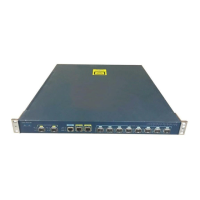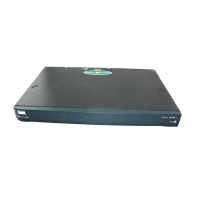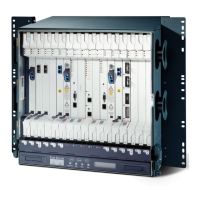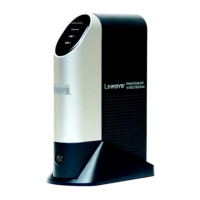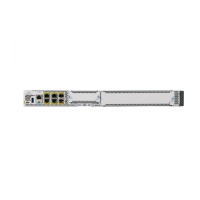Getting Started
Common Configuration Scenarios
Cisco SA500 Series Security Appliances Administration Guide 27
1
2. Review the LAN configuration and make any changes that are needed to
support your network. The default DHCP and TCP/IP settings should be
satisfactory in most cases. However, you can change the subnet address or the
default IP address, or assign static IP addresses to your devices.
In the WAN & LAN Connectivity section of the Getting Started (Basic) page,
click the LAN Settings link. For more information, see Configuring the LAN,
page 43.
3. If you are going to use your security appliance with your Cisco Smart Business
Communications System (SBCS), install and configure your UC500.
See Scenario 8: Cisco Smart Business Communications System
Configuration, page 28.
4. Consider how you want to use the Optional port:
• If you need to host public services such as websites, you will need a DMZ.
For more information, see Scenario 7: DMZ for Public Websites and
Services, page 29. For information about using the optional port as an extra
LAN port, see Configuring the Optional Port as a LAN Port, page 53.
• If you have two ISP links and do not need a DMZ, you can use the Optional
port as a secondary WAN port to provide backup connectivity or load
balancing. To configure the port, use the links in the Secondary WAN Port
section of the Getting Started (Advanced) page. For more information, see
Configuring the Optional WAN, page 54.
• If you do not need a DMZ or a secondary WAN, you can use the Optional
port as an extra LAN port. For more information, see Configuring the
Optional Port as a LAN Port, page 53.
5. If you want to allow inbound access from the Internet, or if you want to restrict
some types of outbound traffic to the Internet, configure your firewall rules.
See Scenario 6: Firewall for Controlling Inbound and Outbound Traffic,
page 29.
6. Consider whether you need to allow access to your network from remote sites
or remote workers.
See Scenario 9: Site-to-Site Networking and Remote Access, page 31.
7. Consider whether you need to enable features such as logging or remote
access to the configuration utility. See Configuring the Logging Options,
page 185 and RMON (Remote Management), page 197.

